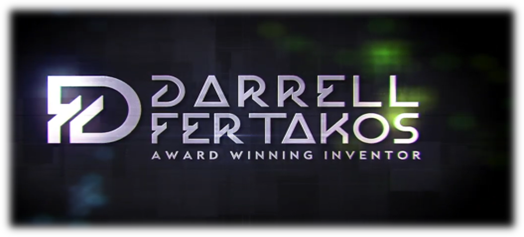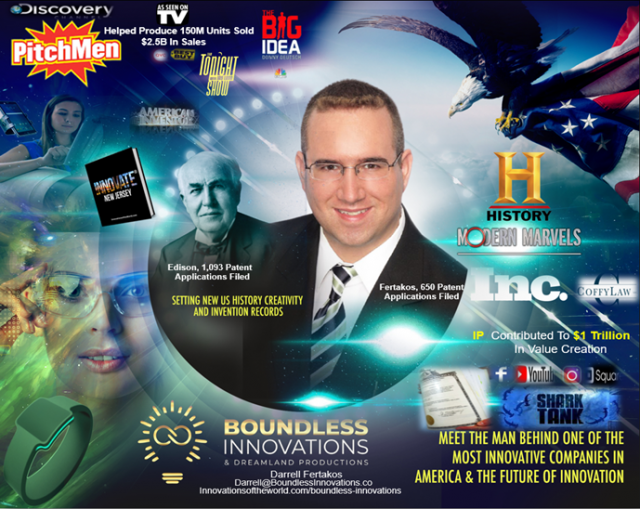
Darrell Fertakos is a product development expert recognized as a Modern Marvel by The History Channel and contributor for technology and business news. In the following article, Darrell Fertakos discusses the rise of Open Innovation in bringing new products to market, and how this helps startups and organizations of all sizes made possible by collaboration.
By embracing external ideas/IP, input and feedback, firms can achieve unprecedented levels of creativity, speed up their R&D, and foster improved synergy among creators and end-users. But what exactly is open innovation, and how can organizations successfully implement it?
Darrell Fertakos Discusses the Rise of Open Innovation
Open innovation hinges on the principle of harnessing valuable insights from both internal and external sources, which can be developed and disseminated alike. Darrell Fertakos says this emerging innovation management paradigm, often referred to as the open innovation model, has gained significant momentum thanks to Chesbrough’s groundbreaking work on open innovation published in 2003, which garnered over 19,000 citations over 16 years.
As a result, the focus of innovation management has transitioned to incorporate external knowledge and collaborative efforts in product development. The results, more innovation and successful products.
Prominent Companies Embracing Open Innovation
The adoption of open innovation is not limited to startups and educational institutions. Top companies such as:
- IBM
- P&G
- Lego
- Nieva
- Unilever
- LG
- Salesforce
- Linux
- Apple, Facebook and Google – to some degree.
Darrell Fertakos explains that companies from various sectors have all embraced open innovation, showcasing the widespread adoption of the concept across industries. This success can be attributed to the implementation of a distributed innovation process based approach, which has proven to be effective in fostering collaboration and generating novel ideas among innovative companies.
Apple and Google for instance, employs open innovation when it is deemed appropriate, as evidenced by their highly successful App Stores, which allows developers to create and distribute apps on the platform. Similarly, Samsung has implemented open innovation through diverse collaborations with startups, accelerators, and acquisitions. Resulting in access to an array of innovative ideas and the creation of value for both the company and its partners.
The Benefits
Open innovation in product development yields numerous and significant benefits. Some of these advantages include:
- Enhancing creativity and innovation by combining internal and external ideas
- Accelerating time-to-market
- Developing improved products that have a higher chance of success
- Discovering more unmet needs in the market to create new revenue generating opportunities
- Reduced intellectual property risks, since would be competitors now collaborate for mutual benefit
- Fostering improved collaboration and synergy among stakeholders
Darrell Fertakos says these advantages are particularly evident when comparing open innovation to its counterpart, closed innovation, which restricts a company’s access to creative ideas and reduces its competitive edge in the market.
Enhanced Creativity and Innovation
Open innovation, by drawing on both internal ideas and external ideas, fosters more holistic and creative problem-solving. Deutsche Telekom, for example, utilizes inbound creativity by leveraging insights collected from consumer environments to craft innovation within the company.
Darrell Fertakos informs this approach enables companies to tap into a vast pool of diverse ideas and perspectives, resulting in innovative products and services that cater to a wider range of customer needs and preferences.
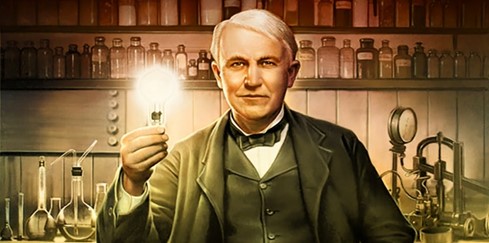 Additionally, open innovation cultivates a culture of ongoing learning and enhancement, prompting organizations to stay receptive to fresh ideas and adapt to fluctuating market conditions. This dynamic approach to innovation ensures that companies stay ahead of the curve and maintain a competitive advantage in the marketplace.
Additionally, open innovation cultivates a culture of ongoing learning and enhancement, prompting organizations to stay receptive to fresh ideas and adapt to fluctuating market conditions. This dynamic approach to innovation ensures that companies stay ahead of the curve and maintain a competitive advantage in the marketplace.
Accelerated Time-to-Market
Open innovation’s emphasis on collaboration offers several benefits.
- Drastically minimizes the time taken for development
- Hastens product launches
- Capitalizes on external market knowledge, resources, and collaborations
- Mitigates development costs and risks
- Allows tasks to be completed concurrently by multiple organizations.
For instance, Lilly’s Open Innovation Drug Discovery (OIDD) program is a platform that facilitates the expedited discovery of novel drug compounds, enabling Lilly and other scientists to speed up the detection of potential drugs and cures for severe diseases.
According to Darrell Fertakos, the accelerated time-to-market achieved through open innovation not only benefits the company but also the end users who can access innovative products and services more quickly and often in better form.
Improved Cooperation and Synergy
A more efficient and effective product development process can be achieved through improved collaboration and synergy among stakeholders, as facilitated by open innovation. By adopting a distributed innovation process, open innovation offers several benefits, including:
- Promoting knowledge sharing
- Fostering creativity and diversity
- Granting access to external resources
- Broadening network and market reach
- Enhancing problem-solving capabilities
- Receiving feedback to develop the best mode of new inventions and improved patent applications
By leveraging these advantages, open innovation can significantly improve the overall innovation performance of a company.
For example, the World Wildlife Fund (WWF) launched a series of Open Innovation challenges that focused on topics such as energy efficiency, milk production, and biodiversity. These challenges yielded winning new ideas that successfully addressed important issues, not considered before and foster collaboration among various stakeholders, showcasing the power of open innovation in driving positive change.
Success Stories in Open Innovation
Darrell Fertakos explains that success stories of open innovation highlight its benefits across diverse industries, including technology, consumer goods, healthcare and pharmaceuticals.
These case studies demonstrate how open innovation can lead to:
- Enhanced creativity
- Accelerated product development
- Improved collaboration among stakeholders
- Significant value creation for companies, external innovators and end users alike.
Technology Sector
In the technology sector, Samsung’s diverse collaborations with startups and Mozilla’s open-source development of the Firefox web browser serve as prime examples of successful open innovation initiatives. Samsung’s collaborations have allowed the company to access a range of innovative ideas and technologies, while Mozilla’s open-source approach has resulted in a widely-used and highly regarded web browser that continues to evolve and improve through community contributions.
Darrell Fertakos notes that these examples highlight the power of open innovation in the technology sector, demonstrating how companies can achieve greater levels of innovation and success by embracing external ideas and by collaboration develop improved products customers truly want.
Consumer Goods Industry
The consumer goods industry also boasts numerous success stories in open innovation. Lego’s open innovation strategy for product development has led to the creation of innovative and highly popular products, such as the mini-Big Bang Theory Lego set, which was developed through the company’s LEGO Ideas community. By engaging its users and leveraging their creativity and knowledge, Lego has managed to stay at the forefront of the toy industry.
Another example comes from Nivea, a skincare company that involved users in the creation of a new deodorant. By incorporating user feedback and suggestions, Nivea was able to develop a product that truly catered to the needs and preferences of its target market, showcasing the power of open innovation in the consumer goods industry.
Healthcare and Pharmaceuticals
Darrell Fertakos explains that in the healthcare and pharmaceuticals industry, the United Genomes Project and Lilly’s Open Innovation Drug Discovery (OIDD) program serve as excellent examples of open innovation success stories. The UGP provides a platform for the scientific community to share and access genetic data, fostering collaboration and promoting the development of new medical treatments and therapies.
Similarly, Lilly’s OIDD program facilitates the expedited discovery of novel drug compounds by providing a platform for scientists to collaborate and share their research. Through open innovation, Lilly and other pharmaceutical companies can accelerate the development of new drugs and treatments, ultimately benefiting patients and society as a whole.
In conclusion, Darrell Fertakos explains that open innovation holds tremendous potential for companies looking to enhance their creativity, discover new talent and unmet needs in the market, needed to accelerate innovation and product development made possible by collaboration among inventors, entrepreneurs, executives and companies of all sizes. By practicing open innovation, stakeholders are likely to benefit far more so by partnerships that form rather than more competitors entering the market.
Open innovation enables entrepreneurs and inventors to work, with companies to de-risk the commercialization of new products. While the upside is offering creators and inventors the opportunity to either license their products/IP, receive an acquisition, form a joint venture or to work out a co-development and commercialization deal. Then finding a win-win way to share profits on co-inventions taken to market. Now new talent is discovered with opportunities to earn good income by working with more established companies to bring new products and IP to market faster with less risks; since top minds at established companies are willing to work with innovators of all type, from Ph.D. scientists to students. After all, the best new product concepts sometimes come from the least expected places.
Darrell Fertakos, formed his company Boundless-Innovations, while in college over a decade ago to inspire all creative companies in the world to practice open innovation.
Why?
When Darrell was a teenager and student, he reached out to Fortune 100 companies with his similar product concepts in the very early stages of design and development that had many product similarities to what the- Mp3 player, Facebook, Youtube, Square, FitBit and even the Shark Tank TV show later became. This may sound unbelievable however these facts are true, even verified by US patent attorneys as seen in the following video: https://darrellfertakos.com/coffy-law-video
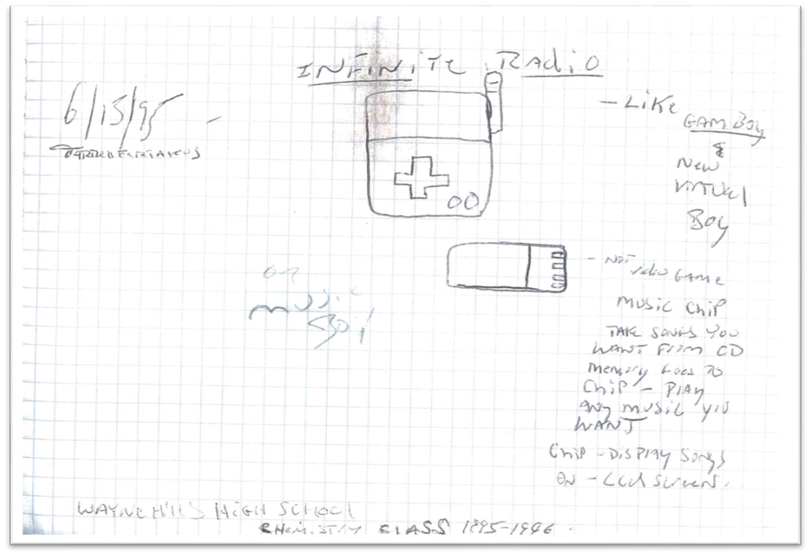
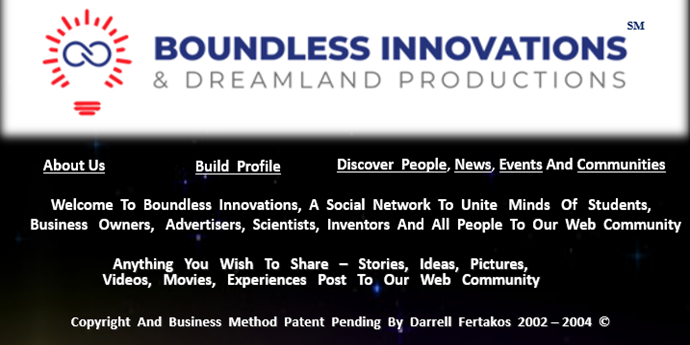
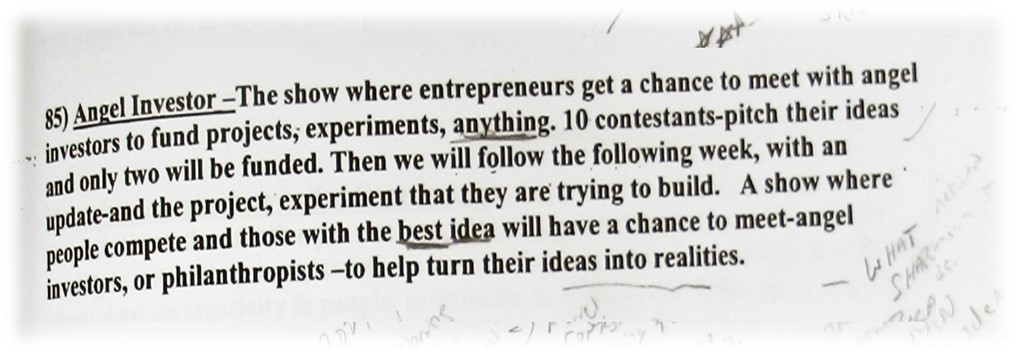
 Darrell Fertakos, 2004 provisional patent applications are below on his similar products to what later became- Square Mobie Credit Card Reader and what Fitbit plus Apple Watch further developed years later to sell millions of units.
Darrell Fertakos, 2004 provisional patent applications are below on his similar products to what later became- Square Mobie Credit Card Reader and what Fitbit plus Apple Watch further developed years later to sell millions of units.
Prolific award-winning inventor, Darrell Fertakos reached out to many companies hoping for help with his inventions and to license his products only to be told, “we can’t accept unsolicited ideas.” Companies that practiced closed innovation policies had a loss of billions of dollars by not practicing open innovation with Darrell and billions more likely lost by ignoring inventors requests to collaborate. It important to note Thomas Edison stressed the benefits of collaboration when it comes to inventing, since opening up his first invention factory in 1876. Facts are, closed innovation policies slow economic growth, progress and innovation tremendously. The Future is open innovation…


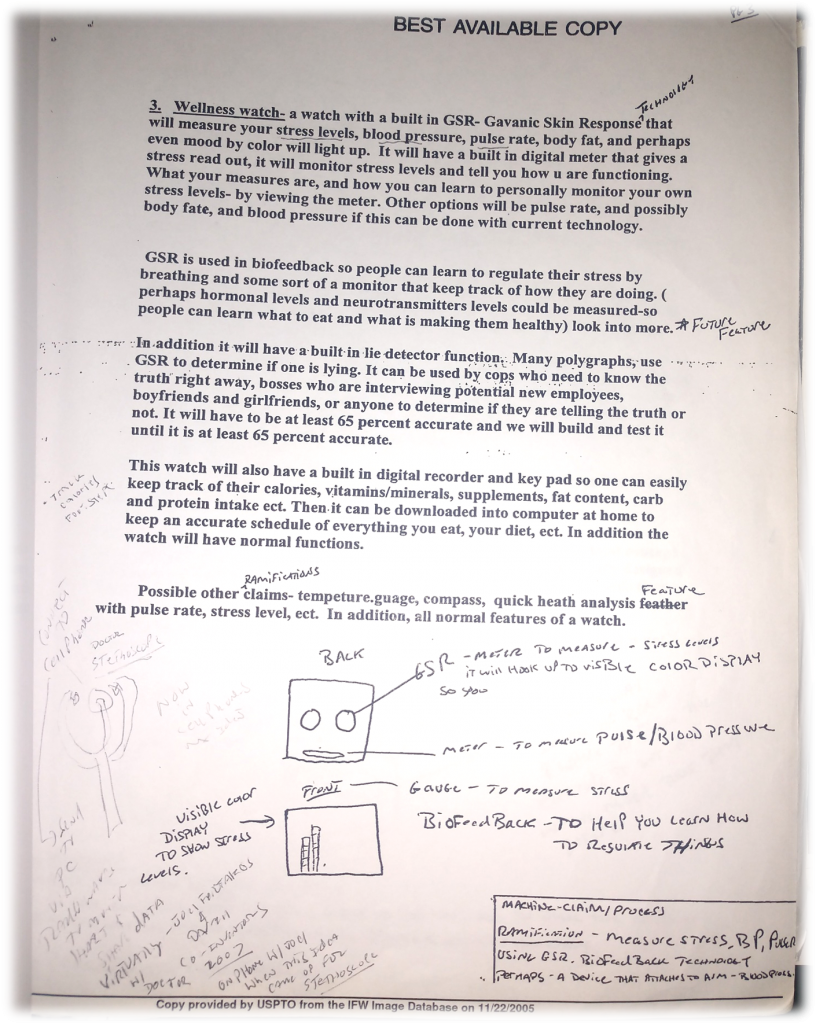
Sadly, upon Darrell reaching out to companies to license his products and TV shows or to work out win-win deals to co-develop and market Darrell Fertakos was often told, by companies, “we can’t accept unsolicited ideas, or sorry we have a not invented here policy.”
As a result, Darrell Fertakos and many inventors he met around the world often gave up on their product concepts and inventions in R&D, because not everyone wants to raise capital and form a business around a product. After all the inventor of the Super Soaker water gun, Lonnie Johnson earned over $75 million dollars by a product licensing deal. All this inventor had was a patent and prototype-he did not need to raise $15 million dollars, for injection molding to manufacture water guns, deal with shipping and logistics, quality control, returns, defects, hiring dozens of workers, investing millions into marketing while trying to compete with the top toy companies in the world who had far more money to advertise competing products.
Lonnie, enjoyed his career at NASA and decided he did not want to fully give up his job and all his other interests just to focus 100% on growing a company around his water gun invention. Lonnie, knew this product was promising for the toy industry and just wanted to license the invention so he teamed up with a toy company he met at NY Toy Fair and received a licensing deal. Lonnie, earned millions and sat back to enjoy royalty checks while the toy company made millions as well, to create a total win-win. Sadly, some copycats came along in the future to create challenges, however with the patent Lonnie was able to stop copycats and earn even more income from damages that resulted from having his product/patent copied.
Entrepreneurs, need to know that there are many ways to success. One does not always have to start a company and raise funds. Forming strategic partnerships with larger companies to co-develop and market new products is an option that can be less risky – since large companies often have more risk capital available to invest and great teams already in place to build products better and faster while able to go to market and sell aggressively, to optimize sales to the fullest potential. Raising funds can take a year or longer at times and most seed investors often won’t risk as much capital for a new product launch that a multi-million or billion-dollar product development company far more easily can do with less risks.
To conclude, no matter how good a product is developing new products is a capital intensive risky business. To increase the odds of success, sometimes it is best to team up with more established companies to develop products as partners in the game of winning together – rather than always trying to compete in the market and build a new company. After all, collaborative opportunities = infinite possibilities.
By embracing external ideas and collaborations, organizations can unlock the benefits of open innovation and achieve unprecedented levels of success and growth. As the business landscape continues to evolve, it is essential for companies to stay ahead of the curve and harness the power of open innovation to maintain their competitive edge, as Harvard Business School also recommends.
Contact

To Learn More
And for new products available
Darrell@BoundlessInnovations.co



